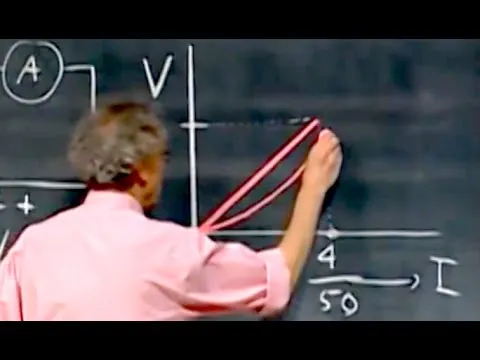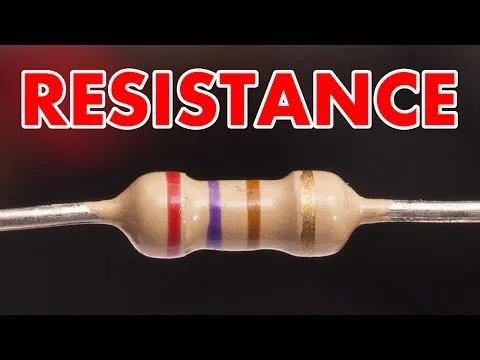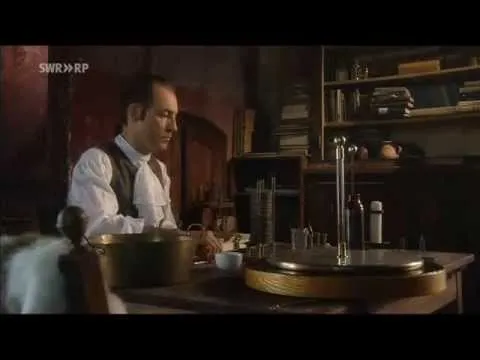
Resistors are the most basic building blocks of all electronics.
The origins of the concept of electrical resistance dates back to the experiments of German physicist and mathematician Georg Simon Ohm (16 March 1789 -- 6 July 1854). Otis Frank Boykin (August 29, 1920 – March 13, 1982) was awarded a patent in 1959 for a wire precision resistor, which allowed for the designation of a precise amount of resistance for a specific purpose. This is the type of resistor most widely used still to this day.
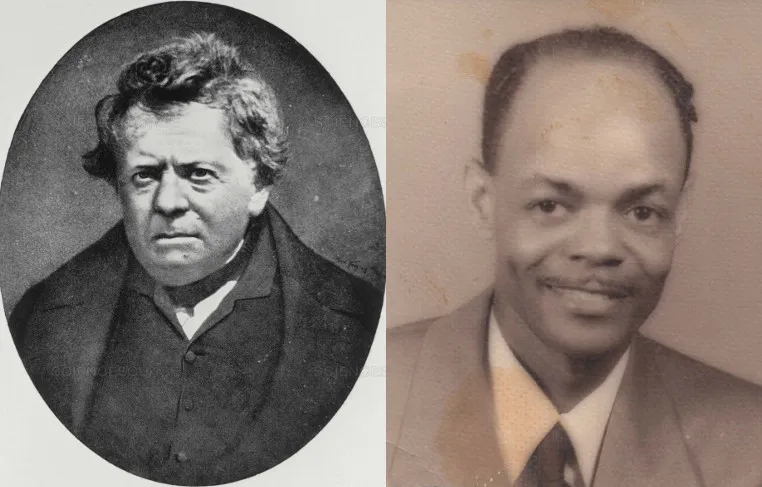
Rather than rehash their stories or give a long, boring blog post about resistors, I've decided instead to formulate this post into a sort of reference point, which I can link to in future lessons.
What follows is a very compact, but informative "nutshell"; everything you will need to know about resistors in order to work with them.
At the bottom of this post I've included several videos, one of which details Georg Ohm's life and his experiments with resistance. I also plan on referencing two other great mentors through out these "basic" lesson/blogs. The first is Walter Lewin, the now retired physics professor who taught at MIT, and who has made an incredible video series documenting his lectures there. The second is Dave Jones, the quirky and fun Australian electrical engineer who has a fantastic video blog on YouTube with an incredible 1,079 blog posts that provide excellent insights into electronics and electrical engineering. I'm not going to try to re-make their work, it's already really good.
Everything you need to know about resistors
Resistor packages and sizes for THT (through hole technology)

Resistor packages and sizes for SMD (surface mount technology). Take note of the 0805 1206, the two sizes will most likely be working with in future lessons.

source
This will come in handy when you start to design your own circuit board,
and when you are ordering parts. To start out we will be using THT (through hole technology) first, then moving on to SMD (surface mount technology).
Schematic Symbol

source
Ohms Law
This is probably the most important thing you will need to know, but DON'T PANIC, you don't have to memorize this at all. If fact, you just have to know when to apply it, and this handy chart tells you exactly when that is!
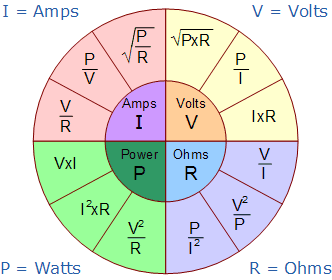
source
Here is an Ohm's Law Calculator so no need to do any math either!
OK, let's get down to the nitty gritty.
Be sure to watch this video be Walter Lewin. It gets to the heart of Ohm's Law in a way you won't find anywhere else. I love Walter Lewin! But if you start to feel lost just realize this is lecture number 9. Feel free to go back and watch the other 8 lectures. You won't regret it.
Another excellent video series that presents the basics of electronics is Afrotechmods
who has an excellent video on electrical resistance that isn't so, shall we say, as dry as Walter's lectures. As much as I love him and his deep, deep brain, Walter can be a bit much.
Watch this video with some chips.
Resistors in Series
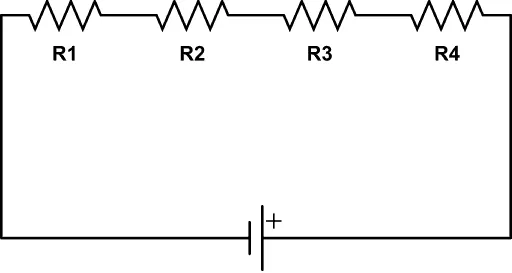
source
Rtotal = R1 + R2 + . . . Rn
Putting resistors is series is helpful when you need to achieve a specific resistance in ohms, but have the wrong value resistors at hand. Resistor values in series are simply added together, so if you needed a 2000 ohm resistor but only had 1000 ohm resistors you can simply put two of them in series, and their resistance values will be added together.
Resistors in Parallel
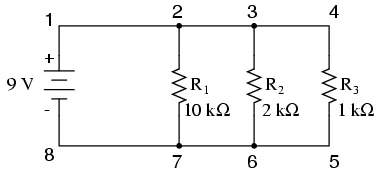
source
Rtotal = 1 / (1/R1 + 1/R2 + . . . 1/Rn)
Things get a little more complicated when it comes to putting resistors in parallel, but just remember that division is key here. Don't worry too much about memorizing this right now as I'll have an entire lesson dedicated to series and parallel circuits later.
Resistor color codes
Just a quick reference for your convenience.

source
Story of Georg Simon Ohm and the History of Electrical Resistance
Whew! Now that you've absorbed a bit of that, sit down for a little story time and watch a bit of history get made.
Did I leave something out?
Please feel free to add it in the comments below. I will be referencing this post a lot from other posts so your added knowledge will go a long way!
